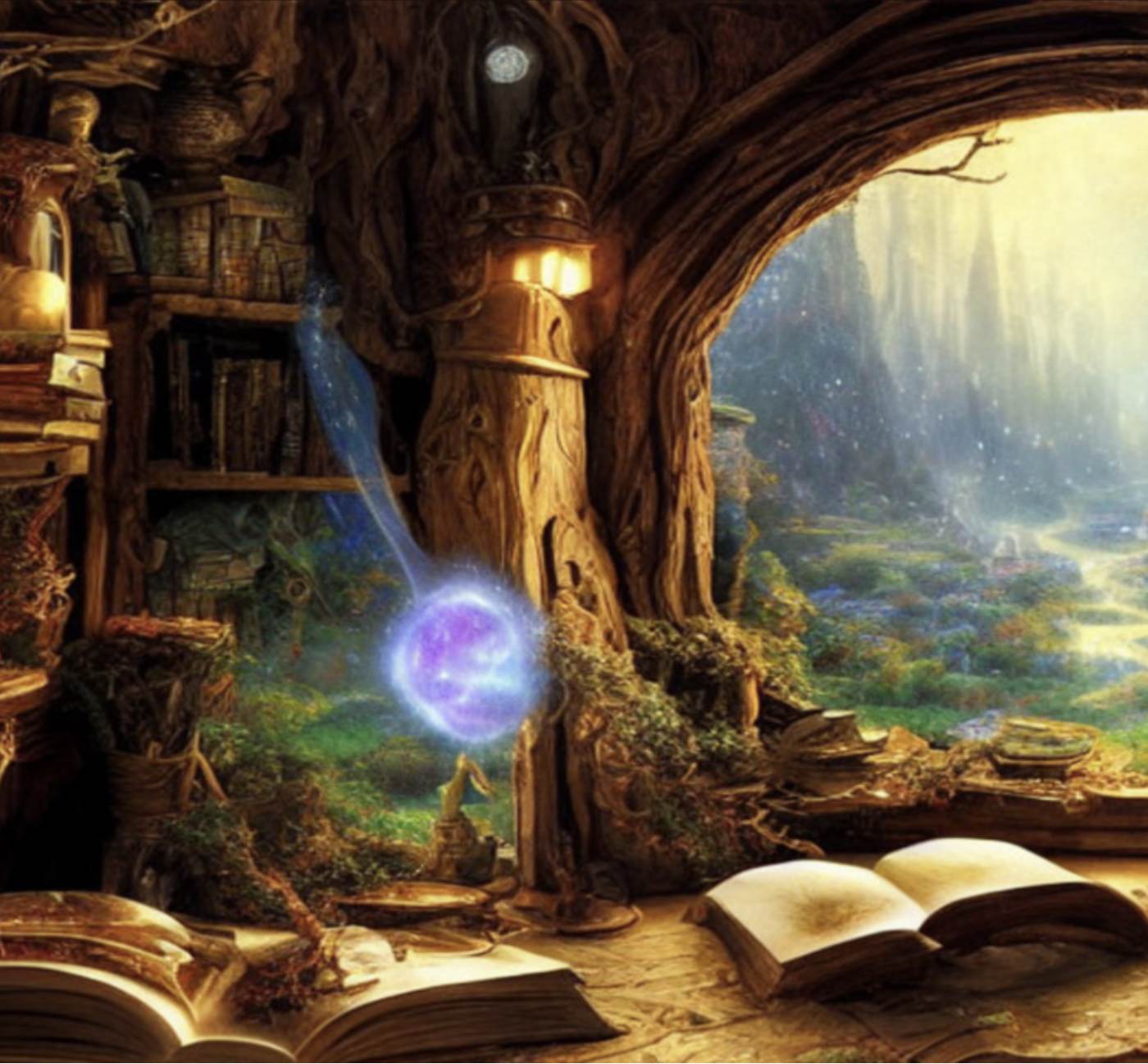Once upon a time: The Evolution of Children’s Fairy Tales

Once upon a time, In the hushed glow of my childhood nightlight, I would lose myself in the pages of fairy tale books. With each turn of the page, I was whisked away to magical kingdoms, enchanted forests, and far-off lands where dragons roamed and witches cast spells. Those tales, with their timeless charm and ageless wisdom, ignited my imagination and left an indelible mark on my soul. Fast forward to today, where the glow isn't just from a bedside lamp but emanates from screens, and the stories have transcended pages to pixels.

Types of Fairy Tales
01. Folktales
The roots of children’s fairy tales trace back to ancient folk traditions. Passed down orally from generation to generation within a community, folktales were often a reflection of cultural beliefs, values, and societal norms. For example, “The Three Little Pigs” not only entertains but also imparts the importance of hard work, preparation, and resilience. Similarly, “Goldilocks and the Three Bears” teaches children about respecting others’ property and the consequences of impulsive behavior.
02. Mythical Tales
Mythical tales are ancient narratives that often blend reality with fantastical elements, extraordinary beings, heroic journeys, and magical occurrences. Greek myths like “Persephone and the Underworld” delve into themes of change, growth, and the cycle of seasons. Norse legends, such as “Thor and the Giants,” bring forth themes of courage and the eternal struggle between good and evil.
03. Animal Fables
Animal fables are short stories that use animals as characters to convey moral lessons or teach wisdom. These timeless tales often feature anthropomorphic animals, endowed with human-like qualities and behaviors, engaging in various adventures or dilemmas. Aesop’s Fables, attributed to the ancient Greek storyteller Aesop, are among the most well-known examples of this genre.
In “The Boy Who Cried Wolf,” a young shepherd repeatedly tricks the villagers into thinking a wolf is attacking his flock, but when a real wolf appears and threatens the sheep, the villagers no longer believe his cries for help, teaching the lesson of the consequences of dishonesty.
04. Wonder Tales
Wonder tales, with their fantastical elements and courageous protagonists, have become synonymous with children’s fairy tales. “Cinderella” teaches the virtues of kindness and forgiveness, “Snow White” emphasizes the power of resilience and goodness, and “Little Red Riding Hood” serves as a cautionary tale about trusting strangers. These tales often include magical elements, talking animals, and transformative journeys.

Evolution of Children’s Fairy Tales
Grimm Brothers & Fairy Tale Collections
In the 19th century, the Grimm Brothers, Jacob and Wilhelm, played a pivotal role in shaping the modern fairy tale landscape. The German scholars and folklorists were known for compiling and popularizing traditional European folktales in their seminal collection “Grimm’s Fairy Tales.” Yet, the Grimms retained the dark and often gruesome nature of these tales, providing a glimpse into the societal fears and moral lessons of the time.
“Hansel and Gretel”, one of their collections of fairy tales, not only explores themes of familial love but also delves into the consequences of greed and the dangers of the unknown forest. “Rumpelstiltskin”, on the other hand, serves as a cautionary tale about promises, trust, and the consequences of making deals without careful consideration.
Disneyfication & Popularization
The 20th century witnessed the Disneyfication of fairy tales, as Walt Disney adapted classic stories into animated films. This often involves simplifying complex or darker elements of the original stories, introducing colorful characters, and adding musical elements to create a more palatable and entertaining narrative.
“The Little Mermaid,” a reinterpretation of Hans Christian Andersen’s original, explores themes of self-expression and love. “Beauty and the Beast” emphasizes inner beauty and the transformative power of love, while “The Lion King” draws inspiration from Shakespearean elements, showcasing themes of responsibility, resilience, and the circle of life.
Modern Retellings & Diversification
In the 21st century, the tradition of storytelling continued to evolve with a modern twist. Authors and storytellers embraced literary fairy tales, crafting reimagining, subversions, and deconstructions that resonated with contemporary audiences. This shift allowed fairytales to adapt to changing societal values while maintaining their timeless charm.
“Ella Enchanted” by Gail Carson Levine, a playful twist on Cinderella, introduces a strong-willed protagonist burdened by obedience and explores themes of autonomy and self-discovery. “Frozen,” a reimagining of Hans Christian Andersen’s “The Snow Queen,” not only focuses on the bond between two sisters but also challenges traditional fairy tale tropes, placing emphasis on love over romantic narratives.
Digital Age Adaptations
In the ever-evolving digital age, fairy tales are experiencing a renaissance through interactive apps, e-books, and virtual experiences. These adaptations leverage technology to engage children in innovative ways, allowing them to actively participate in the storytelling process. Whether through interactive illustrations or augmented reality, digital adaptations add a new layer of enchantment to the timeless tales, bridging the traditional and the modern.
The Enduring Power of Storytelling
As we reflect on the evolution of children’s fairy tales, it becomes evident that storytelling is a dynamic and resilient art form. From the cautionary tales of ancient folklore to the animated dreams of Disney and the diverse narratives of contemporary authors, fairy tales continue to shape the imaginative landscapes of children worldwide.
So, dear readers, the next time you share a fairy tale with a young listener, remember that you are not just imparting a story but contributing to a timeless tradition that spans centuries. Through the magic of storytelling, we connect generations, explore the human experience, and inspire the limitless potential of youthful imaginations. As we continue to explore the magic of fairy tales, may the enchantment endure, and the lessons resonate for generations yet to come. After all, every story begins with “Once upon a time…“




